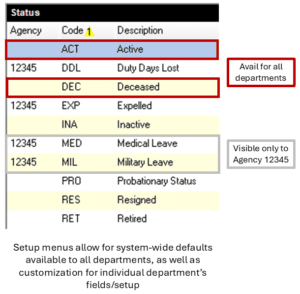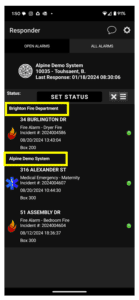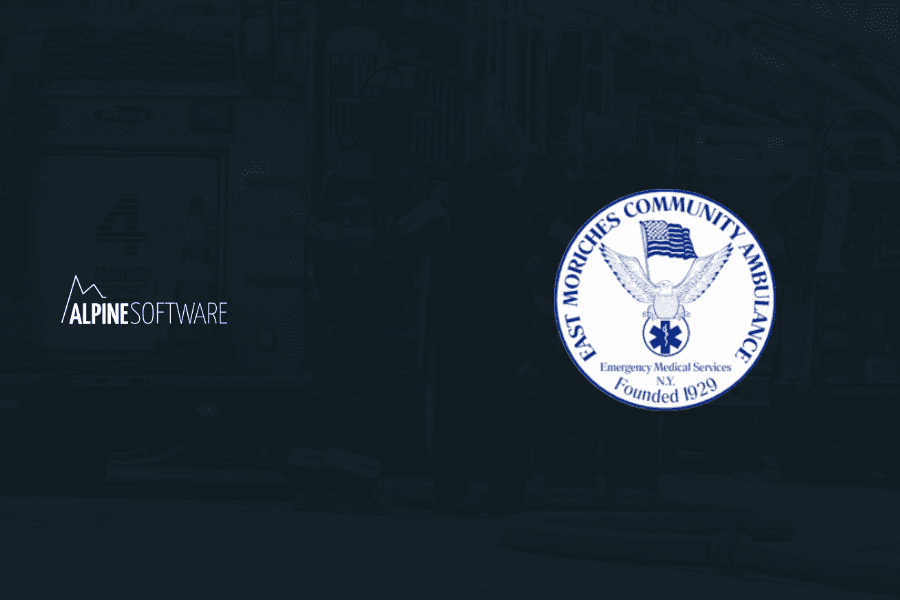Streamline Operation Across Multiple FDIDs?
Multi-FDID management plays a huge role in many aspects of fire department administration. The National Fire Incident Reporting System (NFIRS) requires it for reporting. It is also a key part of how counties manage data for more than one department.
There are several use cases in which multi-FDID management is necessary. These include:
- Shared regions in which multiple fire departments provide mutual aid or have auto-aid agreements
- Consolidated NFIRS reporting requirements for counties and states with multiple departments
- Identifying and managing specialized department branches, such as a HAZMAT squad or high-angle rescue squads
In every use case, there are distinct benefits to having fire reporting software that manages many FDIDs well.
The first is that it allows for streamlined reporting by integrating data from siloed systems into one coherent report. It also provides cross-department insights from a bird’s eye view. Finally, it results in better resource allocation at the county level. This is especially true for jurisdictions in mutual-aid or auto-aid agreements.
Streamline Operation Across Multiple FDIDs?
Fire department administrators often have challenges merging data from departments using different platforms.
System compatibility is a real problem, as different systems don’t sync smoothly. Sometimes, they just don’t work together at all. As a result, duplicate entries and other data errors abound. This makes reporting difficult and time-consuming.
This leads to the problem of ensuring accurate and timely reports across different FDIDs. With varying rules and report formats for different platforms and departments, it’s difficult to create coherent documents without more resources and time spent.
This often means more overhead as well because the need for extra software and support makes everything more expensive.
Not being able to overcome multi-FDID issues can also affect response efforts. It can become difficult to ensure all departments are meeting industry benchmarks for response times when data is all over the place. Coordinating responses in mutual and auto-aid situations can also be hard, which impacts teamwork.
Pitfalls to Avoid in Multi-FDID Management
If you want to overcome these challenges, it’s necessary to know and avoid common pitfalls. For example, enforcing consistent data entry practices across departments is important. This minimizes redundancies and inaccuracies. Ignoring data standardization makes efficient reporting difficult.
Still, administrators should leverage robust software applications to customize reporting for each department. This allows departments to own their compliance efforts and get department-specific insights that can lead to better responses.
The ability to balance custom reporting with data standardization comes down to software compatibility. All software platforms used across the county should be compatible to ensure easy data sharing.
Additionally, all administrators should be trained on multi-FDID fire reporting software platforms. This allows officials to better assess and properly plan for extra administrative resources needed for data handling and reporting.
Best Practices for Effective Multi-FDID Management
Effective multi-FDID management can make or break firehouse administration at every level. Here’s how Alpine’s RedAlert fire reporting software can make reporting and resource distribution better and easier.
Unifying Your Disparate Systems
Unified systems streamline your operations across departments. This makes county-wide incident reporting easier and less resource-intensive. The RedAlert fire reporting platform delivers seamless, real-time data synchronization. Immediate syncing ensures accurate and up-to-date information.
System compatibility also allows for consistent data formats. In turn, this makes merging and standardizing reports much easier. Consistent and timely data also makes for more effective county-wide use of reporting.
Officials can make better decisions and improve resource allocation. This improves response times and capabilities, leading to a safer jurisdiction for all.
Cross-Deparmental Personnel Tracking

The RedAlert fire reporting software platform reduces records fragmentation. It achieves this goal by merging personnel records and training histories into one central system.
This results in more complete reporting that fully captures individual activities, education, and contributions. These records are available to both individual departments and across the county.
Not only does this make compliance and auditing easier, but it also makes it easier to leverage each fire professional’s skill and expertise.
Notification Segmentation

RedAlert lets departments customize notifications for their unique needs and communication workflows.
Targeted communication features ensure all messages go to the right department and personnel. This prevents false alarms among your team. It also reduces redundant messaging and ensures timelier incident response.
Streamline Multi-FDID Management With the Right Fire Reporting Software
Don’t let multi-FDID management become the point of breakdown for county-wide reporting. With the help of RedAlert, you can easily integrate data to ensure accurate reporting and improved resource allocation. You can make this happen while ensuring every department gets to keep using the systems that work for them.
Schedule a demo today to see how RedAlert can help you reduce FDID hurdles to more effective administration and decision-making.








